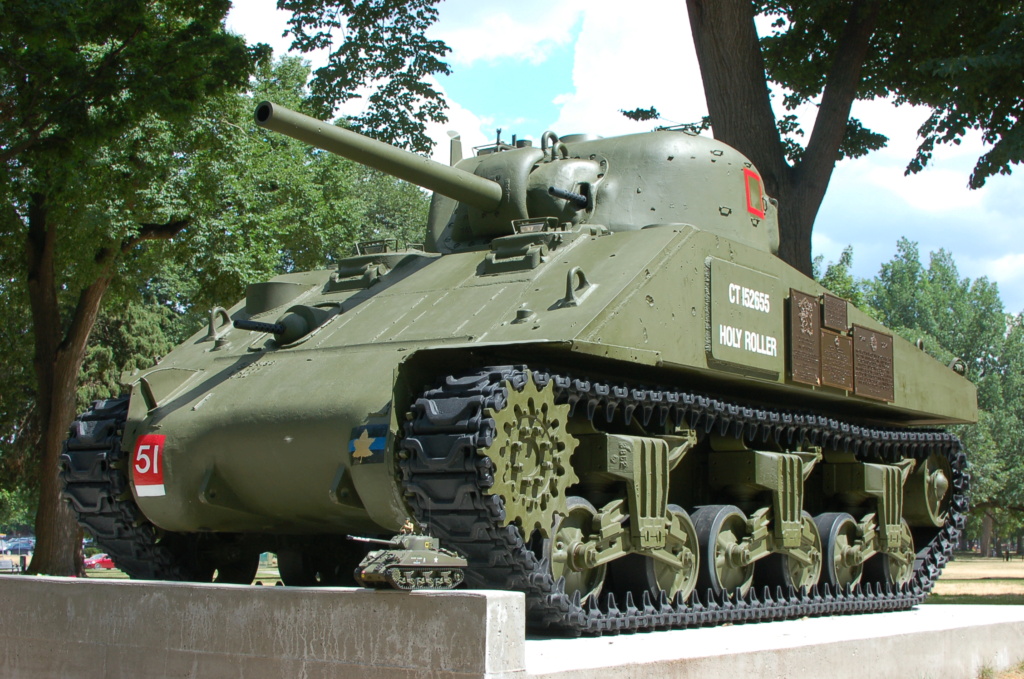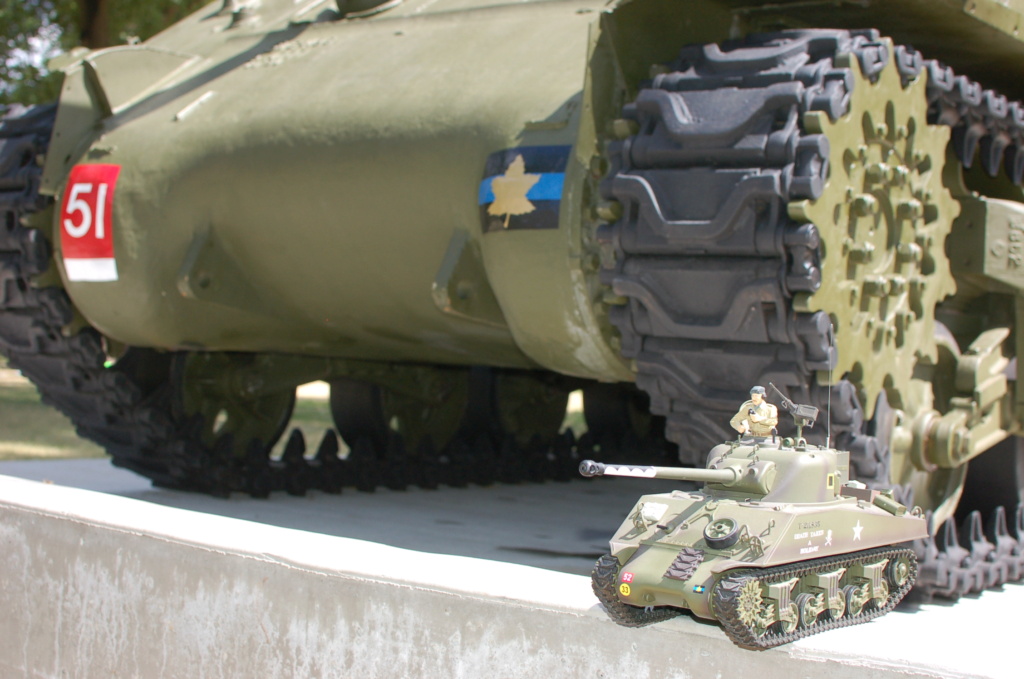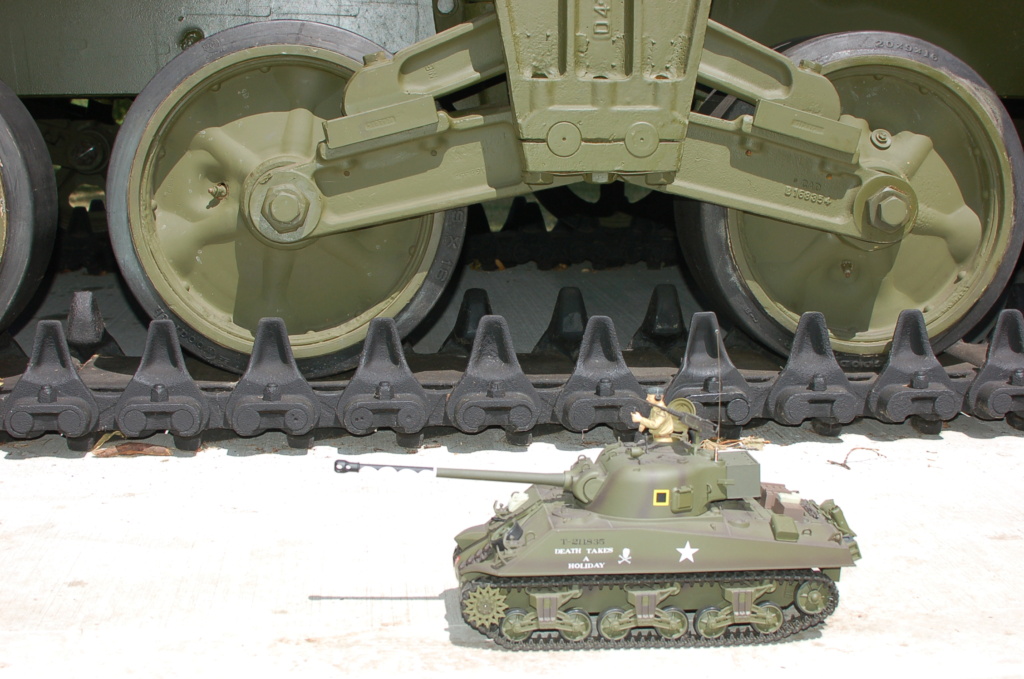American History
Related: About this forumCanada and D-Day: On June 7 through June 17, 1944, the Ardenne Abbey massacres occurred.
Last edited Wed Jun 7, 2023, 11:07 AM - Edit history (1)
Canada and D-Day: the Ardenne Abbey massacre, June 7, 1944The Ardenne Abbey massacre occurred during the Battle of Normandy at the Ardenne Abbey, a Premonstratensian monastery in Saint-Germain-la-Blanche-Herbe, near Caen, France. In June 1944, 20 Canadian soldiers were massacred in a garden at the abbey by members of the 12th SS Panzer Division Hitlerjugend over the course of several days and weeks. During the course of the Normandy Campaign an estimated "156 Canadian prisoners of war are believed to have been executed by the 12th SS Panzer Division (the Hitler Youth) in the days and weeks following the D-Day landings. In scattered groups, in various pockets of the Normandy countryside, they were taken aside and shot." The perpetrators of the massacre, members of the 12th SS Panzer Division, were known for their fanaticism, as a result of the majority of the division's personnel being drawn from the Hitlerjugend or Hitler Youth.
Murders
During the Normandy Campaign, then SS-Standartenführer Kurt Meyer, commander of the 25th Panzer Grenadier Regiment, used the Abbaye d’Ardenne for his regimental headquarters, as the turret allowed for a clear view of the battlefield. In June 1944 at the abbey, 20 Canadian soldiers were murdered by members of the 12th SS Panzer Division.
Both the method by which the murders were carried out and upon whom the blame rests remain points of contention. Some basic facts, however, are certain. During the evening of 7 June, 11 Canadian prisoners of war, soldiers from the North Nova Scotia Highlanders and the 27th Armoured Regiment (The Sherbrooke Fusilier Regiment), were shot in the back of the head. This was a flagrant violation of the Geneva Conventions (of which Germany was a signatory) and therefore these actions constituted a war crime. Specifically under the Geneva Convention pertaining to the treatment of prisoners of war, the Convention relative to the Treatment of Prisoners of War stipulates in Part I: General Provisions - Art. 2. that POWS "are in the power of the hostile Government, but not of the individuals or formation which captured them. They shall at all times be humanely treated and protected, particularly against acts of violence, from insults and from public curiosity. Measures of reprisal against them are forbidden."
{snip}
The Lost Canadian Soldiers Of The Ardenne Abbey
Hiawatha Pete
(1,977 posts)mitch96
(14,918 posts)What pisses me off is both SS-Standartenführer Kurt Meyer who ordered the massacre and SS-Standartenführer Joachim Peiper who ordered the killings in Malmady got off. Both were sentenced to death but got out of it and lived to a ripe old age. Not like their victims...uff
m
Hiawatha Pete
(1,977 posts)The 1st regiment was the 1st Hussars (London, Ontario) and the 2nd regiment was the Fort Garry Horse (Winnipeg, Manitoba)
Last year I took these pics of "Holy Roller" - a restored WWII 'Sherman' of the 1st Hussars in London, Ontario (along with my radio control Sherman Firefly of the Fort Garry Horse)
The significance of "Holy Roller" is that it was the only tank within the 1st Hussars to survive & complete the entire campaign in Northwest Europe from D-Day to VE-Day.
Also, it is likely (though sometimes disputed) that the notorious 12th SS panzer commander Michael Wittman was killed by a Sherman Firefly belonging to the Sherbrooke Fusiliers.



